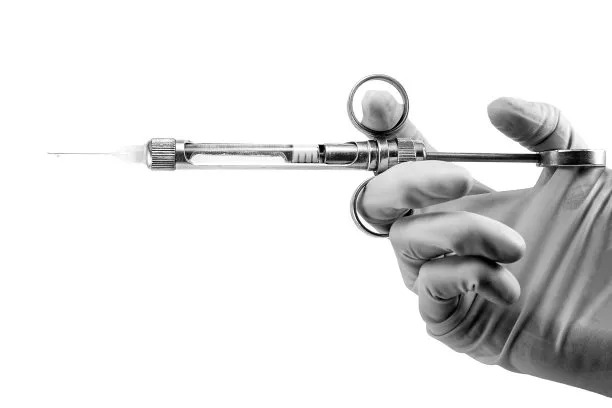The Essential Guide to Extracting a Tooth Safely and Comfortably for Optimal Oral Health
Summary: This article provides a comprehensive guide to safely and comfortably extracting teeth, essential for maintaining optimal oral health. It emphasizes the importance of proper preparation, local anesthetics, post-extraction care, and professional assistance. Each section outlines necessary tools, techniques, and tips to ensure a smooth extraction process while minimizing discomfort and promoting recovery. By following this guide, readers will gain valuable insights into maintaining healthy teeth and navigating tooth extractions effectively.
1. Importance of Professional Dental Assessment

Before any tooth extraction, a thorough dental assessment is crucial. Dentists conduct clinical examinations and may order X-rays to evaluate the tooths condition and the surrounding bone structure. This step is vital as it helps identify underlying issues that might complicate the extraction process.
During this assessment, dentists can also determine whether the tooth can be saved through other treatment options, such as fillings or root canals. Educating patients about these alternatives fosters informed decision-making regarding their oral health.
Additionally, a professional assessment helps in understanding the patients medical history and any medications they are taking. This information is essential for planning a safe and comfortable extraction method tailored to the individuals needs.
2. Preparing for a Safe Tooth Extraction
Preparation plays a critical role in ensuring a successful tooth extraction. Patients should follow their dentist’s pre-extraction instructions, which may include fasting if sedatives are involved. It is vital to communicate any medications or supplements being taken, as some may interfere with anesthesia or cause complications.
Moreover, ensuring a relaxed environment can significantly affect the overall experience. Patients are encouraged to arrive at the dental office with a calm mindset. Deep breathing exercises, listening to soothing music, or having a friend accompany them can be effective ways to reduce anxiety.
Lastly, understanding what to expect during the extraction process helps prepare patients mentally. Dentists typically explain the steps involved, from administering anesthesia to the extraction technique. This knowledge can help alleviate fears and set realistic expectations regarding discomfort and recovery.
3. Techniques for Pain-Free Extraction
The use of local anesthetics is a cornerstone of painless tooth extraction. Dentists administer these anesthetics carefully around the extraction site to numb the tooth, gums, and surrounding tissue. This technique allows patients to undergo the procedure without experiencing pain.
Another method for managing discomfort is sedation dentistry. Options range from mild sedation, where patients remain awake but relaxed, to general anesthesia, which puts them completely unconscious for the procedure. Dentists will recommend the best choice based on the complexity of the extraction and the patient’s comfort level.
Additionally, advanced extraction techniques, such as the use of surgical instruments that minimize tissue trauma, can expedite recovery and reduce post-extraction pain. Dentists are trained to use these methods to enhance patient comfort and ensure an efficient extraction process.
4. Post-Extraction Care for Optimal Recovery
Post-extraction care is critical for a smooth recovery and optimal oral health. Patients should follow the aftercare instructions given by their dentist, which generally include biting down on a gauze pad to control bleeding and limiting physical activity for a couple of days.
Food choices also play an essential role in recovery; opting for soft foods and avoiding spicy or crunchy items can prevent discomfort at the extraction site. Staying hydrated is important, but using straws should be avoided to prevent dislodging the blood clot that forms in the socket.
Pain management is another key aspect of post-extraction care. Dentists usually recommend over-the-counter pain relievers, and in some cases, prescribe stronger medications. Patients should also keep an eye out for any signs of infection, such as excessive swelling or fever, indicating they may need to return to the dentist for further evaluation.
Summary:
In conclusion, extracting a tooth safely and comfortably is a multi-step process that involves careful assessment, thorough preparation, advanced techniques, and vigilant post-care. By understanding these components, patients can navigate this experience with greater confidence and less anxiety. Proper dental care and communication with professionals are key to ensuring optimal oral health, both before and after an extraction.
This article is compiled by Vickong Dental and the content is for reference only.



